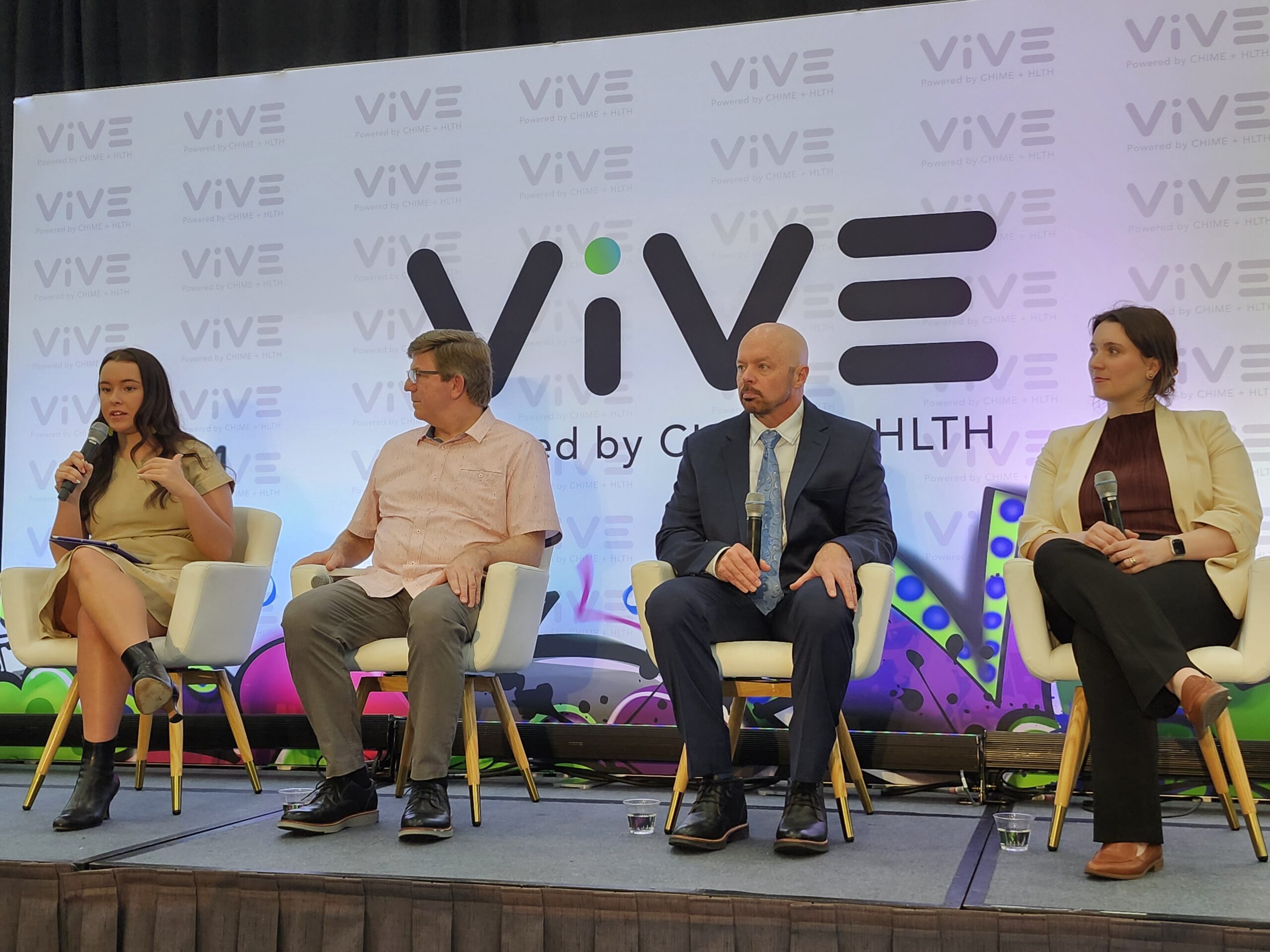
Reimagining the Language and Translation Space for Patients
Lack of adequate translation and interpreting services isn’t just an inconvenience, it is dangerous and potentially life-threatening.

Lack of adequate translation and interpreting services isn’t just an inconvenience, it is dangerous and potentially life-threatening.

When talking about increasing access, it’s essential to remember that there is a difference between making healthcare more accessible and simply increasing patients’ access to appointments, pointed out Lee Schwamm, chief digital health officer at Yale New Haven Health System. In this article, he explains three steps hospitals can take to actually boost accessibility.

At the Payer Insights sessions on Day 1 of ViVE 2024, a panel on prior authorization offered compelling insights from speakers who shared the positive developments in this area after years of mounting frustration. Speakers also shared challenges as they work with providers to figure out how policy developments and technology will work in practice.

The solution requires healthcare providers, community programs, and social services to work collaboratively to develop broader community-based approaches.

By working together to build an ecosystem of support around people with diabetes, the healthcare system as a whole can ensure that no one slips through the cracks.

By prioritizing continuous patient engagement and strategic communication across the entire care journey, healthcare organizations can drive real progress toward value-based care.

The impact of personal health literacy on seniors

The TSX Venture Exchange has a strong history of helping early-stage health and life sciences companies raise patient capital for research and development.

To win the battle against rare diseases, drug developers must work hand-in-hand with patients.

In-home hospice care, which gives them ample opportunities to engage with family and friends in the comfort of their own homes, allows providers to give dementia patients the daily contact they deserve.

Communication with patients should be a top area of focus as urgent cares look to develop their marketing strategies, tailored to each generation they are trying to reach, with an eye toward relieving unnecessary demand on emergency departments.

Game-changing advances can be achieved by integrating patient collaboration and priorities into the full span of trial design.

Canada has a proud history of achievement in the areas of science and technology, and the field of biomanufacturing and life sciences is no exception.

Success requires both novel VBC models as well as moving care beyond the clinic walls to meet patients where they are.

The availability of innovative technologies affords us the opportunity to chart a more patient-centric, efficient, and secure path to managing and leveraging PHI.

In vulnerable moments when employees need it most, virtual specialty care delivers a human connection that offers empathy, support, and guidance.

A healthy and inclusive workplace environment needs flexible solutions that are personalized to all lifestyles, work schedules, cultures and food preferences.

Many people don't take well to the term “healthcare consumer,” or have expressed that they prefer to be referred to as a patient rather than a consumer. But in the U.S., it’s a plain fact that people have choices when it comes to their healthcare. In this piece, three health system executives give their take on why “patient” and “consumer” are often one in the same — and why hospitals need to be mindful of this.